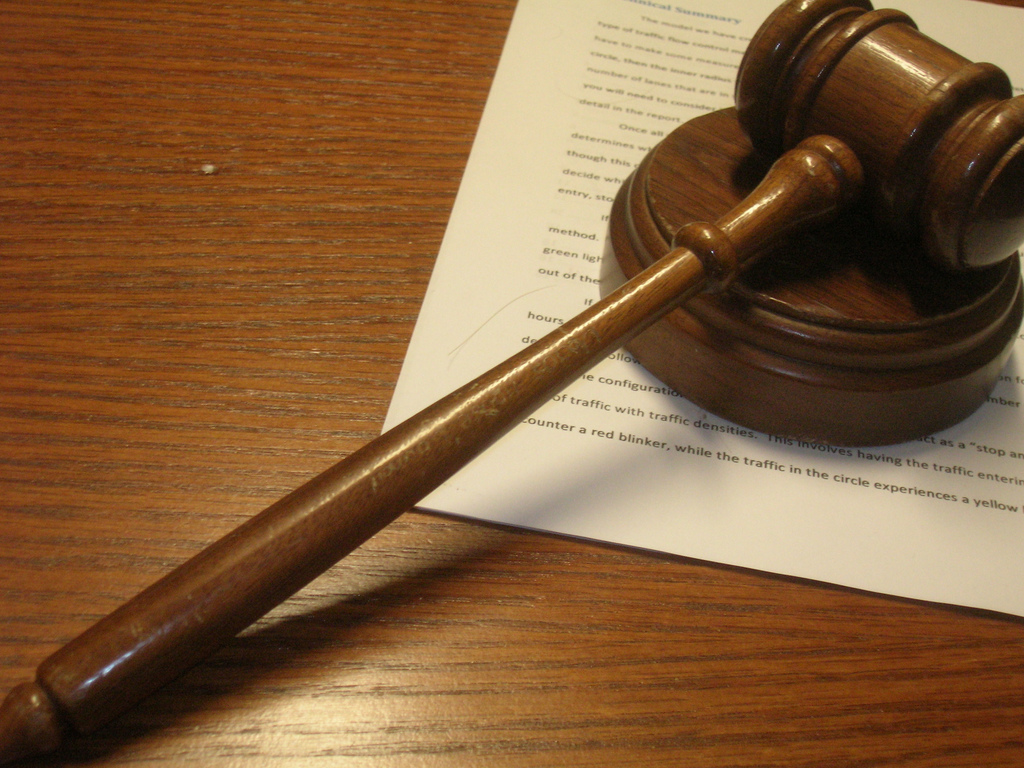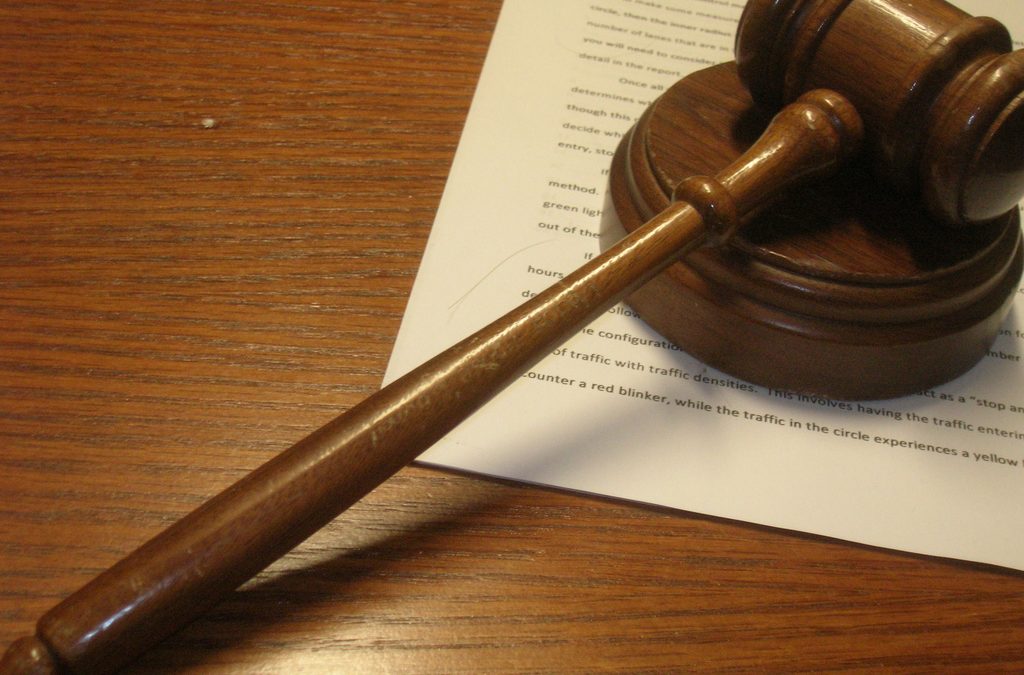
Pre-Contract Enquiries – PLP Part 1
October 24, 2012
Surviving the BPTC – Opinion Writing
November 5, 2012Running on from last week’s advocacy theme, we thought we would talk a little about one of the other practical topics: conferencing. This is usually one of the first exams that you will sit during your BPTC year.
At the start of Helen’s first term, this is the one exam which caused quite a bit of concern. This was only increased after a couple of their actors pulled shenanigans in the mock exams, but it is actually surprisingly simple to do well if you look at how it is marked. As you will get sick of hearing us say in the next couple of weeks – structure is everything!
So how do you go about getting information from a client, giving advice on plea, advising on venue and taking instructions, all whilst avoiding the red-flag errors… and all in 20 minutes?
As you will get sick of hearing us say in the next couple of weeks – structure is everything!
[two_third_last]
First, there are the routine things you have to cover: confidentiality, relevant discounts for a guilty plea, appropriate advice (whilst reminding the client that it is always ultimately their decision) and taking instructions. Without covering these basic things it will be hard to pass so make sure your plan includes them. How you get from one to the other, though, is what makes the difference between a Competent, a Very Competent and an Outstanding.[/two_third_last]
We found it helpful to always start with a quick double check of the client’s details, especially their name, before spending a quick two minutes explaining the purpose of the meeting and the matter of confidentiality.
A quick comment on the confidentiality: yes, you do need to keep this discussion confidential, but do not say that you will not use any of it in court… if so, what on earth are you going to say once on your feet? Helen’s take on this was to make it clear that the conversation was confidential, but that she could use everything relevant in court unless the client says otherwise; that way the onus is on them.
Then we are into fact finding. This should take a good third of your time at least. Any less and you are likely to be sketching around the edges. However, spend more than half of your time on fact finding and you will struggle to give all the advice and deal with the other core requirements.
As regards the charge itself, you need to get from them their version of events. We often find it helpful to treat this as a mini examination-in-chief. Then test their version against the prosecution version and highlight any discrepancies in order to clarify any areas of contrast. A slight word of caution here though; whilst testing their account, you still need to be building rapport with your client, not making them feel as though you are on the prosecution side. You need to be robust but be careful in the tone and approach you use. It is often helpful to explain that you are doing exactly this, and that you are not there just to doubt their account.
Also, while fact finding, make sure you check the client’s financial situation if there is any suggestion of a fine being a possible punishment, and if they are currently on bail, then ensure you ask if there have been any problems with it.
Then you need to give the advice – the main purpose of conferencing. Many of Helen’s cohort used to advise on the strengths and weaknesses of a case, advise on plea and take instruction before dealing with the likely sentence. Now while this is not fundamentally wrong, it can be a bit confusing to the client. Their thought process may well be chance of getting off, very good… brilliant, I’ll take it. Sentence if you don’t, 10 years in jail… suddenly going to trial doesn’t look so good.
Instead, we found it better to deal with the strengths and weaknesses of the prosecution case, the strengths and weaknesses of the defence case, and then move straight to sentencing. This gives you a good place to mention the relevant discount for a guilty plea before they even start to make a decision. Make sure you check which discounts are applicable – do not advise that they could get a third off if that stage has already passed!
Then, once you have finished fact finding and briefed your client on the relevant sentencing information, remember to take their instructions on how they wish to plead! If you do not do this, then your whole conference has been semi pointless.
[one_third_last]
You need to be robust but be careful in the tone and approach you use.
[/one_third_last]
It is usually helpful to wrap up the main part of the conference with a brief discussion of the next steps. If you are supposed to acting out a conference in the hour before a PCMH, then make sure you explain what will happen in that particular hearing. If it is at the very early stages of a case, explain what will be happening next and when the client should next expect to hear from you.
Your conclusion should then reiterate the instruction received and give the client time to ask any questions they have outstanding. Beware of this one; hopefully you will have handled everything beautifully but occasionally you will get an utter curve ball here. Try to leave yourself a good two to three minutes spare. If you get a nightmare question don’t panic. Deal with it as best you can and move on.
Finally, do not panic about this exam. Get your basic structure drafted out, and once you have received your exam brief, you can easily sketch in the relevant information next to each part of that structure (e.g. sentencing ranges, elements of the offence to discuss, areas of factual discrepancy, venue, time frames, etc). Then you just need to practise, practise, practise!





